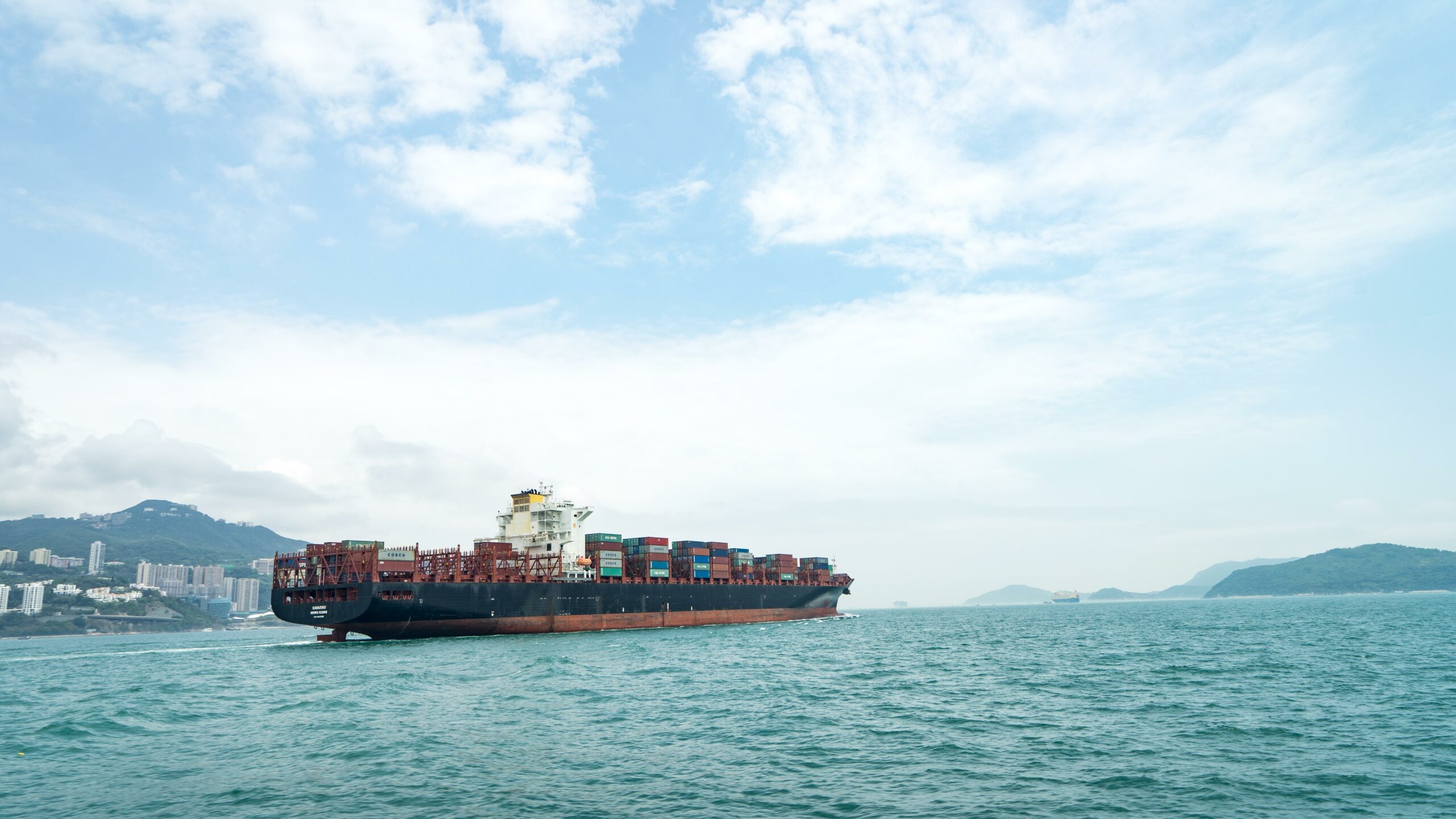Are you ready to embark on a journey through the vast world of ship sizes? Whether you’re a maritime enthusiast or a curious soul seeking to understand the intricacies of the maritime industry, this article will be your compass in navigating the ever-changing waters of vessel sizes. From colossal cargo ships that can transport mountains of goods to elegant cruise liners that redefine luxury at sea, we will delve into the captivating realm of ship sizes. Join me as I unravel the mysteries and uncover the practical implications of these floating giants. Prepare to be amazed by the sheer magnitude and diversity of ships that shape our global trade. Brace yourself, for the ultimate guide to ship sizes awaits!

Size of Ships
When it comes to ships, size matters. The dimensions of a vessel are not just arbitrary numbers; they have significant implications for its performance, capabilities, and economic viability. As a maritime industry veteran with years of experience in shipbuilding and design, I’ve navigated the vast world of ship sizes and witnessed their evolution firsthand. In this guide, we’ll explore the fascinating realm of ship sizes, from the lengths and breadths to the depths and draughts, and uncover the practical implications of varying vessel sizes.
Understanding Ship Dimensions
To truly grasp the concept of ship sizes, we must first familiarize ourselves with the key dimensions. Ships are typically measured in terms of length, breadth, depth, and draught. The length refers to the distance from the bow to the stern, dictating the overall size and capacity of the vessel. Meanwhile, the breadth signifies the width of the ship, influencing its stability and maneuverability. The depth indicates the vertical distance from the keel to the deck, impacting the vessel’s structural integrity. Finally, the draught represents the depth of water required for the ship to float comfortably, affecting its accessibility to various ports and waterways.
Size is not just about the numbers; it’s about unlocking the immense potential within a ship’s dimensions.
Ship Sizes and Classification
Ships come in myriad sizes and types, tailored to meet diverse industry needs. Container ships, for example, have internal and external sizes and weights specifically designed for the standardized containers they carry. However, when we talk about ship sizes in a broader context, we often refer to the classification of vessels based on their dimensions and capacities. These classifications include Panamax, New Panamax, Aframax, Chinamax, Handymax, Suezmax, and Capesize, each representing a range of size criteria and practical implications.
Ship sizes are like unique species in the vast maritime ecosystem, adapting to thrive in different environments.
The Increasing Size Trend
Over the past two decades, ships have been growing in size, driven by cost optimization and economies of scale. As demands for efficiency and profitability intensified, the maritime industry embraced the concept of building larger vessels. By increasing size, ships can carry more cargo while utilizing relatively the same amount of fuel and crew. These colossal giants of the sea offer unmatched economies of scale, reducing transportation costs and environmental footprints.
In the world of ship sizes, bigger often means better.
The World’s Longest Ships
When it comes to ship sizes, we can’t overlook the record-breakers. The world’s longest ships stand out in terms of their overall length (LOA) and tonnage. The deadweight tonnage (DWT) reflects the total weight a ship can carry, including cargo, fuel, and supplies, while the gross tonnage (GT) represents the internal volume of the vessel, serving as an indicator of its size and capacity.
Here are some remarkable examples of the world’s longest ships:
| Ship Name | LOA (meters) | DWT (metric tons) | GT (gross tons) |
|---|---|---|---|
| Prelude | 488 | 600,000 | 243,000 |
| TI Class Supertankers | 380 – 477 | 443,000 – 555,000 | 234,000 – 441,893 |
| Emma Maersk | 397 | 170,974 | 222,984 |
“It’s not every day you come across a ship as long as a skyscraper or as heavy as a small island.” – The world of ship sizes can truly astonish.
Navigating the Vast World of Ship Sizes
Understanding ship sizes is not just a matter of curiosity; it has practical implications for shipbuilders, operators, and anyone involved in the maritime industry. Assessing the operational efficiency, safety regulations, and economic viability of different ship sizes is crucial for decision-making. Whether you’re venturing into cargo shipping, luxurious cruises, or any other maritime endeavor, a solid understanding of ship sizes will set you on the right course.
Embark on this journey of ship sizes and experience the awe-inspiring versatility within the maritime industry.
In conclusion, ship sizes are a dynamic and ever-evolving aspect of the maritime industry. From the basic dimensions of length, breadth, depth, and draught to the classifications based on size criteria, ships hold immense potential within their sizes. As the industry continues to push the boundaries with larger vessels, understanding ship sizes is more essential than ever. So, embrace the fascinating world of ship sizes and sail towards a deeper understanding of this captivating realm.
[References: globalsecurity.org, marinersgalaxy.com, jingsourcing.com]
According to maritime history, ships have always held a certain sense of fascination. They represent a remarkable blend of technical engineering and awe-inspiring size. But have you ever wondered, “How big is a ship?” The answer might surprise you! We invite you to explore the dimensions and scale of these enormous vessels by clicking here: How Big Is A Ship. Prepare to be amazed as you delve into the world of maritime wonders!
FAQ
What are the main dimensions used to describe ships?
The main dimensions used to describe ships are length, breadth, depth, and draught. Length refers to the distance from the bow to the stern, breadth is the width of the ship, depth is the vertical distance from the keel to the deck, and draught is the depth of water needed for the ship to float.
Do container ships have specific size measurements for containers?
Yes, container ships have internal and external sizes and weights for containers. These measurements are important for efficient loading and unloading of containers during port operations.
Are ship measurements expressed in linear dimensions?
Yes, ship measurements are expressed in linear dimensions, such as feet and inches. This allows for a standardized way of defining ship sizes across the maritime industry.
Why have vessel sizes been increasing over the past 20 years?
Vessel sizes have been increasing over the past 20 years primarily for cost optimization and economies of scale. Larger ships can carry more cargo or passengers, resulting in reduced transportation costs per unit. Additionally, advancements in technology and infrastructure have made it possible to build and operate bigger vessels.
How are ships classified based on their size?
Ships can be classified based on their size into various categories, such as Panamax, New Panamax, Aframax, Chinamax, Handymax, Suezmax, and Capesize. These classifications are determined by the maximum dimensions that a ship can have in order to fit through certain canals, ports, or other waterways.
- Star Ring Trends: Etsy vs Amazon - March 28, 2025
- Boost Pollinator Habitats: Baby Blue Eyes Sustainable Farming Guide - March 28, 2025
- Protect Big Black Bears: Effective Conservation Strategies - March 28, 2025
















